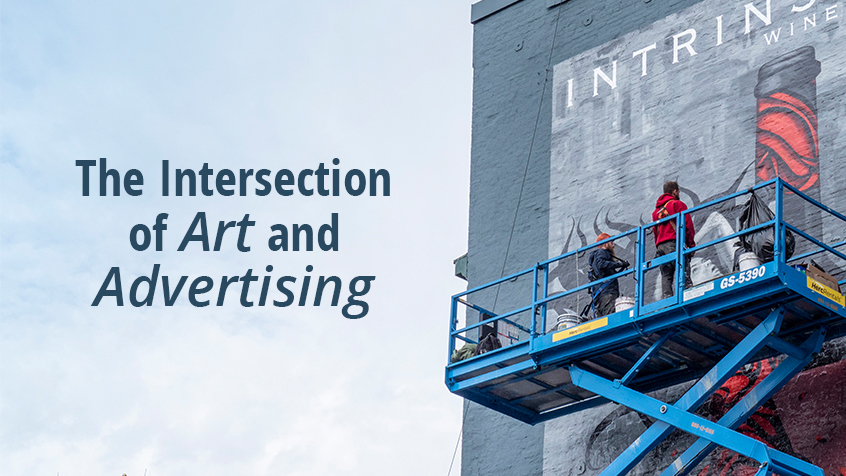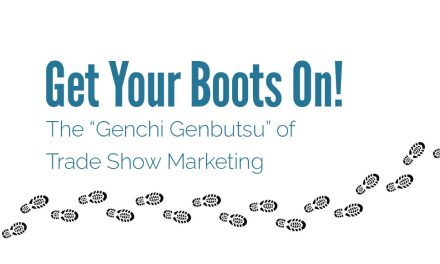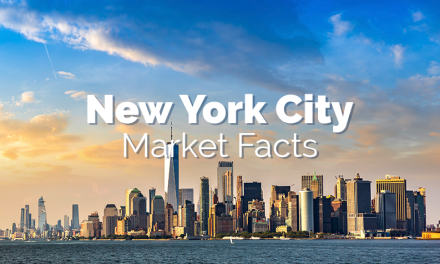Art and advertising have been intertwined since the inception of modern-day marketing. From Andy Warhol’s “Campbell Soup Cans” to Norman Rockwell creating ads for Jell-O and Orange Crush in the 1940s, the lines between advertising and art have been blurred for ages. After all, what is marketing if not the artistic expression of a brand and a connection to a concept (or in the case of advertising, a product)?
In the current marketing climate, where everything is based on numbers, analytics and ROI, we often forget that the goal of marketing is to connect consumers and brands. Nothing accomplishes this better than utilizing art in advertising. Advertising can use art and artistic elements to have a greater impact, create a deeper emotional connection and yield more valuable engagement.
Meaningful Engagement
The intersection of art and advertising allows brands to differentiate their image in the marketplace. A well put together, impactful piece of art incorporated into an ad campaign helps break through the clutter and resonate with your target audience. Studies show that people can recall 65% of the visual content they see almost three days later. That means good, artistic visuals have real value. Marketing is making a gradual move away from traditional print and towards experiential activations and street-level out-of-home tactics. So, marketers must ask how art can be incorporated to build a successful ad campaign in these new formats.
At this year’s South by Southwest, Intrinsic Wine Co. leveraged an artistic approach to advertising by utilizing the artist who created their wine label to create a marketing experience for the art and media-focused attendees at the iconic festival. The campaign featured three custom built panels painted live by Intrinsic’s artist, Zimmer. They were then placed outside of the iconic Bat Bridge in the heart of Austin. Zimmer created Intrinsic-themed, Texas-inspired art to a captive audience there to witness the bat exodus. People were invited to help Zimmer finish the piece, take pictures with the art, and share images on social media. Overall, the campaign fit right into the artsy theme of Austin and SXSW. The pieces lived on throughout the week as visual and tactile advertisements for the brand, getting exposure throughout Austin during SXSW.
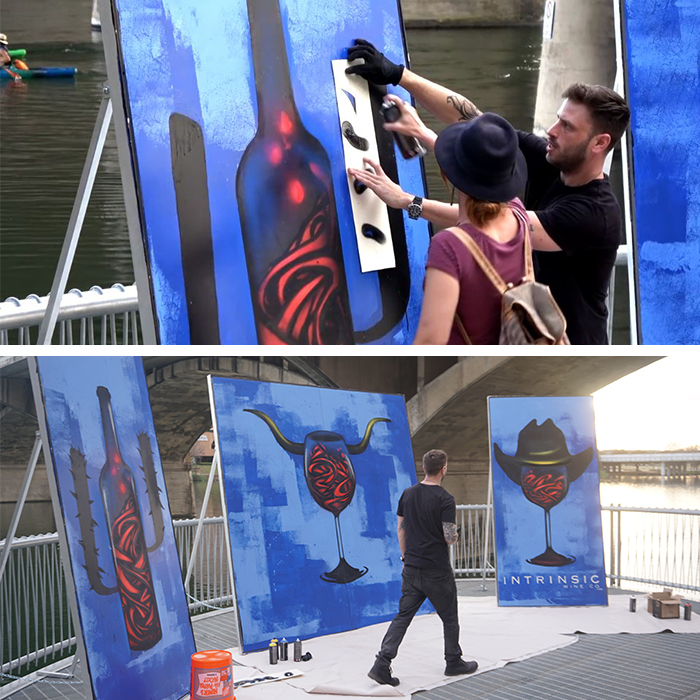
Intrinsic Wine Co.’s experiential marketing activation at 2019 SXSW.
Community Impact
In today’s society, we are seeing a big emphasis being placed on art and culture. Urban revitalization is causing downtown areas across the country to incorporate art installations, murals, and unique pieces of art that bring character to their communities. In fact, a study from Americans for the Arts shows that community-based art projects make people feel 1.6 times more connected to their neighbors. It’s a trend that brands need to recognize and embrace.
With this rise of art within urban spaces, we’re also seeing unique opportunities for art-focused Out of Home in the form of wallscapes and murals. These formats allow for high impact, physically painted pieces to be displayed in the heart of cities across the country. Again, Intrinsic Wine leveraged this opportunity by creating a hand painted mural right in the heart of downtown Seattle. The larger-than-life, hand-painted piece provided a canvas for the brand to bring their street-art style label to life. The ad drew inspiration from Zimmer’s design to create a unique mural piece that stayed true to the brand’s street art roots.

Intrinsic Wine Co.’s painted wallscape in Seattle’s Pike Place Market.
Creativity in Culture
In a media landscape where we are constantly bombarded with ads everywhere we turn, a unique art focused campaign can grab your target audience’s attention. The more artistic and visually appealing a campaign is the more likely it is to be photographed, shared, and talked about. A study from HubSpot says that visual content is more than 40 times likely to get shared on social media that other types of content. A quality campaign will live beyond the installation and garner impressions days and weeks after your flight dates.
This past summer, Brazilian flip flop brand Havaianas leveraged the importance of art to create an enormously successful campaign. They utilized New York City based street artist, Buff Monster, to create a custom art piece on a canvas with a similar texture to their sandals. The piece incorporated Buff Monster’s original characters along with brand-inspired colors and art, displayed in one of the most street art centric places in the country, Venice Beach, California. Havaianas took it one step further and integrated technology and social media to further expand the reach and effectiveness of their campaign. They integrated Google Vision AI technology to allow people to shop right at the mural. Consumers scanned sections of the piece to view a webpage where they could purchase products found in the art. They even received styling tips from celebrity stylist Tara Swennen.
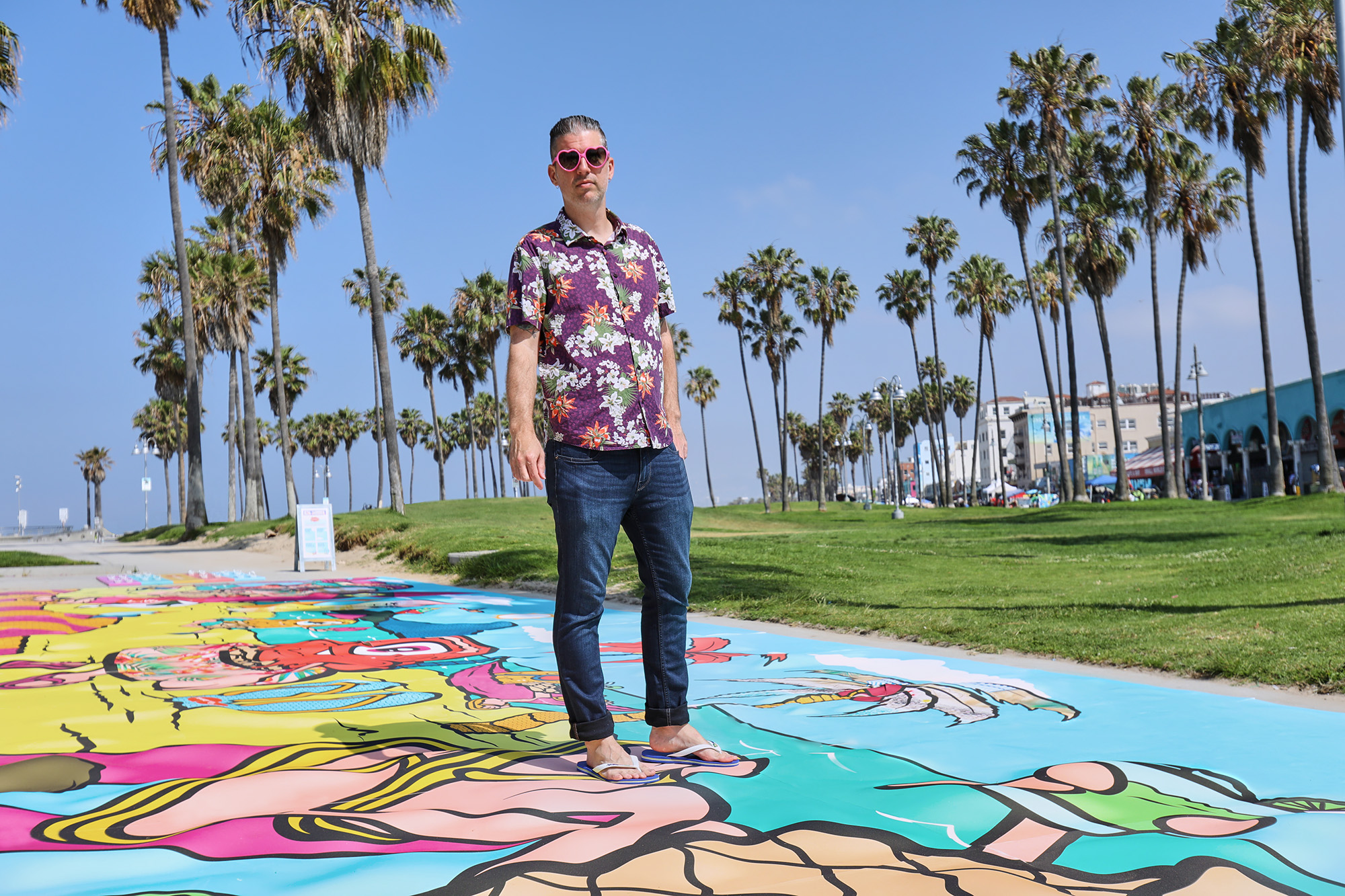
Havaianas and Buff Monster artistic activation in Venice Beach, CA.
In addition, the brand filmed a music video with the piece which was displayed on their Tik Tok channel. The video further expanded the reach of the campaign to the younger demographic who use the platform. This campaign showed us that art can be used to change the perception of a brand. By including an artistic component, the campaign allowed Havaianas to showcase the fun side of their brand while the soft canvas allowed them to showcase the comfortability of their shoes. They masterfully executed the art-focused campaign. They leveraged an artist that fit in with the brand’s message in a place that encompasses the brand’s style. Then they capitalized on technology that encouraged purchases among their target demographic.
A Breakthrough Moment
Art is a creative medium that is only limited by the imagination of artists and marketers. It has no limits and its numerous elements can be incorporated in advertising to extend the reach and message of a campaign. Art is not limited to hip and edgy brands. It can promote anything as long as the campaign is thoughtful and fits with the brand’s message.
Pharmaceutical company, Amgen, used an outside-the-box artistic campaign to help promote its new cancer fighting oncology drug. They were promoting BiTE the Engager at ASCO 2019 in Chicago, the largest oncology conference in the world. Local street and chalk artists created three unique pieces for Amgen. Each three dimensional chalk drawing depicted the drug as a satellite going in between the cancer fighting T Cell and the cancer cell. Each image looked three dimensional and people could appear to be flying through space on the satellite. The art pieces were displayed at their exhibit booth at McCormick Place, near the Field Museum in Grant Park and in front of the Shedd Aquarium. By showcasing the art in a few places, they extended the reach of their campaign beyond the trade show floor.
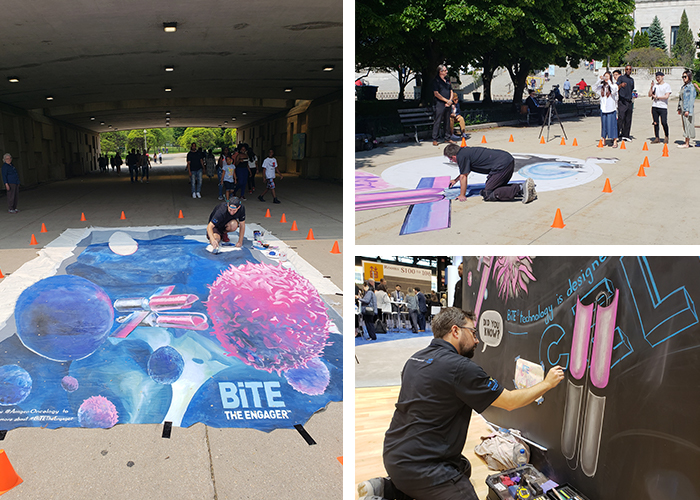
Amgen’s BiTE the Engager chalk art activation at ASCO 2019 in Chicago.
The 3D nature of the art created a unique photo-op further extending the reach of the campaign on social media. Amgen took this idea one step further and invited influencers to come take pictures with the piece. They helped spread awareness for the drug to their hundreds and thousands of social media followers. For any person who posted any of the pieces with the campaign hashtag, Amgen donated money to Chicago public schools. This gave people an incentive to share on their social media channels and promote a helpful cause.
One would not normally think that art would fit in with a pharmaceutical brand, especially at a conference where the majority of attendees are buttoned up professionals. Once again, art is not limited to any specific audience. Amgen showed us that art is not limited to specific verticals and that by tapping the right people (local artists and influencers) art can extend the reach of a campaign beyond the original footprint. In this case, Amgen reached beyond their trade show booth to hundreds and thousands of people all over the world.
Conclusion
Andy Warhol famously once said, “Being good in business is the most fascinating kind of art. Making money is art and working is art and good business is the best art.” He understood from early on that art and business go hand in hand. This couldn’t be truer, today, as we see a multitude of creative tactics brands use to connect with audiences. By leveraging technology, local artists, brand elements and social media, brands are seeing art-focused campaigns capture a larger share of advertising dollars to resonate with consumer’s beyond the activation space.
Contact Us to learn more.

